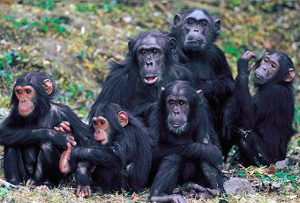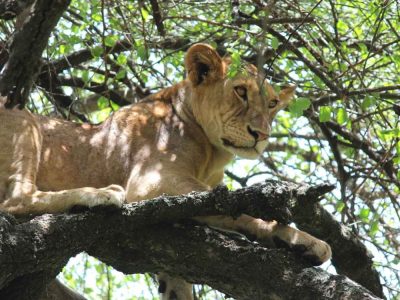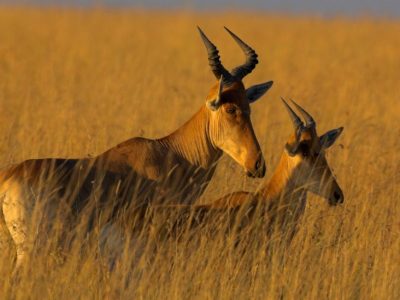About Gombe National Park
 There are truly wild places in Tanzania, Gombe National Park is one of them. The nature value of Gombe was noticed in 1943 when it was designated as a game reserve. Gombe gained its popularity after the pioneering research activities of Dr. Jane Goodall in 1960 which is believed to be the longest-running study of primates in the world. Conservation status was upgraded to that of a National Park in 1968 and opened for tourism in 1978 after chimpanzees habituated to human visitors. It is located 16 km north of Kigoma town on the shores of the world’s second deepest Lake Tanganyika in western Tanzania with an area of 56 square kilometers.
There are truly wild places in Tanzania, Gombe National Park is one of them. The nature value of Gombe was noticed in 1943 when it was designated as a game reserve. Gombe gained its popularity after the pioneering research activities of Dr. Jane Goodall in 1960 which is believed to be the longest-running study of primates in the world. Conservation status was upgraded to that of a National Park in 1968 and opened for tourism in 1978 after chimpanzees habituated to human visitors. It is located 16 km north of Kigoma town on the shores of the world’s second deepest Lake Tanganyika in western Tanzania with an area of 56 square kilometers.
Gombe wilderness worth a year-round visit; enabling you to cruise along part of the historical inquisitiveness way back in the 19th century when Livingstone and Stanley searched the source of River Nile. The rainy season is the best chimpanzee sporting while the green vegetation blooms providing an astonishing scenic view and waterfalls are at the best (November to Mid- May) while the dry season provides a chance for best photo-taking, short and long hike(May to October).
How to get there:
Drive, schedule, or charter a flight from Dar es Salaam, Mwanza, or Arusha or take a slow or fast train from Dar es salaam or ferry along the shore of Lake Tanganyika from Burundi or Zambia to Kigoma. To reach Gombe you must travel by boat from Kigoma. Depending on your budget, there’s an option of the speed boat, which takes much less time- or the passenger’s boat, which takes longer about 4 hrs. The boat ride is an amazing trip.
Tracking the chimps is a fascinating experience. When Jane Goodall arrived in 1960, Tanzania’s Gombe Stream National Park was just one piece of forest amidst a vast ocean of trees. Today, it’s a small green island engulfed by farms, fields, and villages. Despite the change, this tiny park (a mere 30 square miles) is still one of the best places in the world to see wild chimpanzees in their natural habitat. During her research time at Gombe, Goodall made many new discoveries about chimpanzees, detailing their social hierarchy, their calls and previously unsuspected behavior.
Less than 150 chimpanzees live in the Park. The exact number of chimpanzees is unclear since no census has been conducted. Ongoing studies and analyses examine mother-infant relations, vocal communications, and botanical collections. Fifi, the last surviving member of the original community, and its matriarch, was only three years old when Jane Goodall first arrived in Gombe, and she is still regularly seen by visitors. There is ongoing field research and Gombe Stream Research Center (GSRC) also takes a role in conservation education. Both research and education play important roles in preserving free-living chimpanzees and their habitats.
The main attraction of Gombe Stream is clearly the families of chimpanzees that live protected within the park’s boundaries. Guided walks that take visitors deep into the forest to observe and sit with the extraordinary primates for an entire morning are available — one that is the highlight of many visitors’ trips to Africa and an incredible experience. Besides chimpanzees, other primates living within Gombe Stream include beachcomber olive baboons, red-tailed monkeys, blue monkeys, red colobus, and vervet monkeys. Blue monkeys and red-tailed monkeys have also been known to hybridize in the area. There are occasional hippopotami, leopards, and 11 species of snakes. The park is also home to bush pigs and over 200 bird species.
However, Lake Tanganyika is also a wonderful place to go snorkeling and swimming, fishing, sailing, or just relax on the white sand. Hippos and crocodiles tend to keep their distance from Gombe which means visitors can take a dip in the lake without having to worry about sharing the water with wild animals.
While at Gombe, a visit to the Goodall Foundation’s old feeding station should be on the list of things to do and the nearby village of Ujiji is where Henry Stanley met Dr. Livingstone in 1871.




